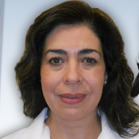Preprint
Article
Standardizing and Classifying Anterior Cruciate Ligament Injuries: International Multicenter Study Using a Mobile Application
MDPI Initiatives
Important Links
© 2025 MDPI (Basel, Switzerland) unless otherwise stated







